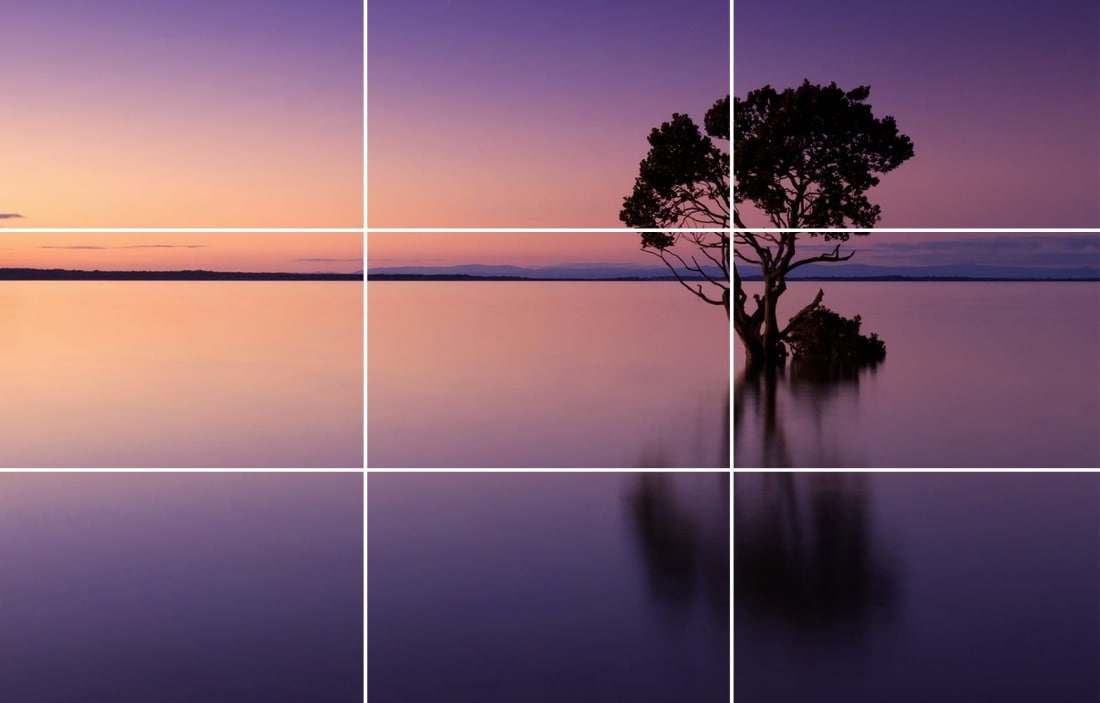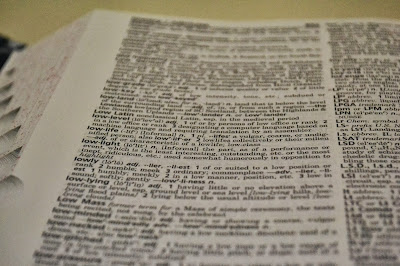Capture 2 photos of each of the Principles of Design.
16 photographs total.
Texture - Take pictures to capture rough, smooth, cracked, bumpy, etc
Variety - Take pictures with an interesting/different mix of objects

Unity/Harmony - Take a picture with a group of similar objects or values

Pattern - Repetition - Rhythm

Proportion - Scale - Use differences in size and distance


Emphasis - Focal point -

Movement - Use both Freezing Action and Motion Blur
Balance - Symmetrical and Asymmetrical









